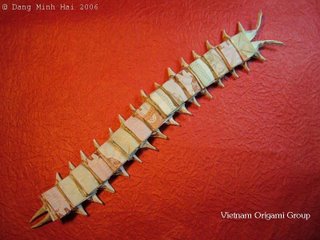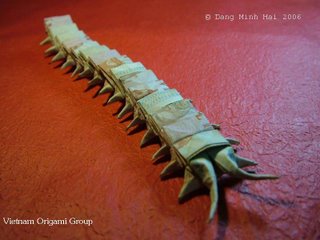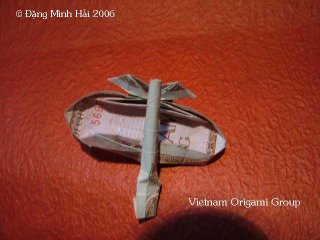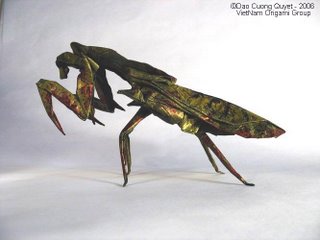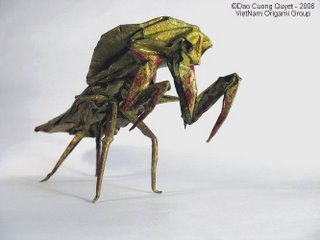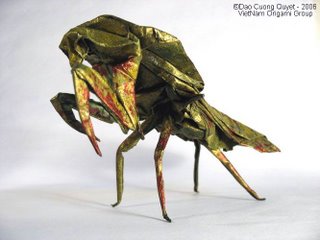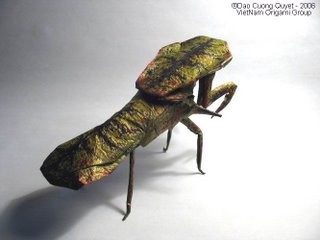Translation by Mickael Assis
What is Creativity?
It could be that it is the art of rearranging diverse elements into a new order to create a new whole.
That is why it is so important to know the elementary building blocks of your art!
If you are unaware of what existed and has worked in the past, you won’t be able to build on top of them! The chef Ferran Adria therefore mastered the whole art of classical cuisine, before forgetting everything in order to reinvent a new cuisine (becoming a practitioner of molecular grastronomy). This in turn has caused his establishment to be designated, after 10 years, the “best restaurant in the world”!
On the other hand, the failure of Palm in the smartphone business is due to the simple fact that its CEO had never used an iPhone and therefore didn’t understand the immense gains that Apple had made with the public.
In other words, if you really want to be creative in origami, to really bring something new to it, you will need to master the full collection of techniques in origami and to understand their essence.
If you are addicted to boxpleating or only swear by the works of Kamiya, Lang, or Brian Chan, it is time to explore other areas, for example tessellations, the crumpling technique of Floderer, or modular origami. Otherwise, you will be condemned to be Kamiya-like, of which you will clearly have no interest in.
If you are reticent, then all the better: that means that you will really learn something new.
For example, tessellations will teach you the delicate work that light and shadows perform to change the texture of the paper; Floderer’s crumpling technique will usher you into the amazing world of ordered chaos, where the paper’s tension defines the structure of the model; the modular approach will teach you all the types of locks, which are particularly useful for locking your models.
If you are a fan of models with 200 steps, then discover the surprising richness and genius of the simple models by Nick Robinson or Javier Caboblanco (and you will discover that it is a lot harder to create a simple model than a complex one).
If you are addicted to boxes and Chinese modular units, discover the animals of Roman Diaz, overwhelming with ingenuity.
In short, venture into areas that you haven’t mastered, even those you’re put off by. Integrate them, understand them, and break them down into multiple elementary units. Once you have done that, you will be able to bring everything together to create something novel. You will be able to, finally, bring something new to the art of origami.
Here are two examples of models that are really a blast of innovation:
The incredible sheep by Victor Coeurjoly is a daring and improbable mix of crumpling and classical techniques of origami:

The tower and the ruins of Gachepapier combine different types of tessellations that together amplify the works.


